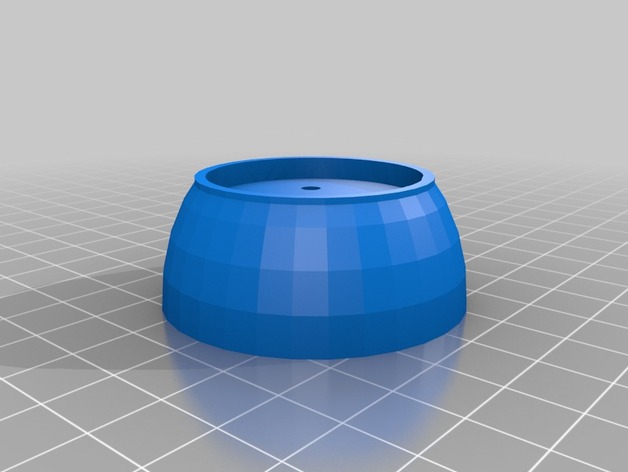
Vacuum Tube Display
thingiverse
The Vacuum Tube Display is a pioneering visual interface that has been a cornerstone of computing history since its inception. Developed in the 1930s by pioneers like Vladimir Zworykin and Philo Farnsworth, this groundbreaking technology laid the foundation for modern display screens. Initially, the Vacuum Tube Display relied on cathode ray tubes (CRTs) to project images onto phosphorescent coatings within a glass envelope. These early displays were cumbersome, large, and often fragile but paved the way for future innovations in display technology. In the mid-20th century, CRTs became increasingly prevalent, with their adoption in consumer electronics such as televisions and computer monitors. However, they also presented several drawbacks, including size, weight, and energy consumption. The advent of flat-panel displays in the latter half of the 20th century marked a significant shift towards more compact and efficient visual interfaces. These newer technologies, such as liquid crystal display (LCD) and plasma display panel (PDP), gradually phased out CRTs from mainstream use. Today, Vacuum Tube Displays are largely relegated to niche applications or historical recreations due to their size, weight, and energy requirements. Nonetheless, their legacy continues to influence the development of modern displays, which have evolved into sleek, portable, and high-resolution visual interfaces that seamlessly integrate with our digital lives.
With this file you will be able to print Vacuum Tube Display with your 3D printer. Click on the button and save the file on your computer to work, edit or customize your design. You can also find more 3D designs for printers on Vacuum Tube Display.
